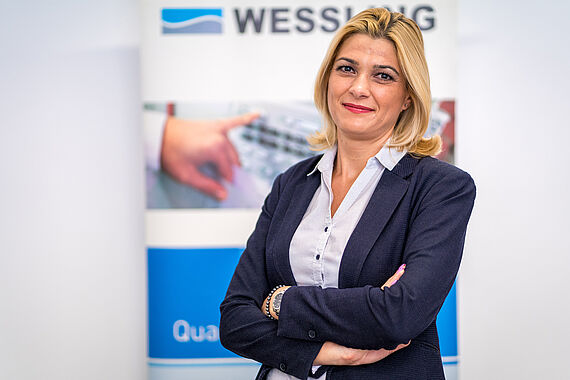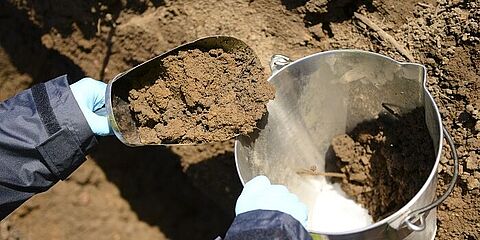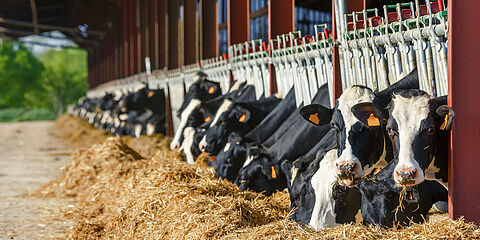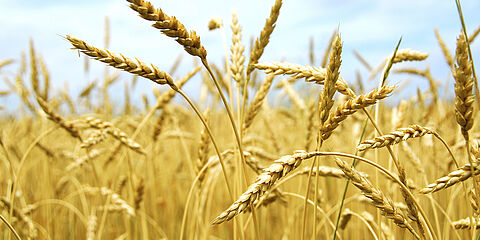New maximum levels for cadmium and lead in food
Foods such as fruits, vegetables, fish, cereals and oilseeds, baby food will be safer for human consumption in European Union markets. However, foods on the market that contain these metals above the new limits will be able to be sold until the end of February 2022.
Sources of contamination

Contamination of food with heavy metals beyond the permitted limits may occur:
- Following the process of food processing through contact with processing plants and equipment
- Packaging (eg storage of cans in metal packaging)
- Used water. The hardness of the water and the content of organic compounds can determine its enrichment with the lead in the pipes passed through
- Another source of contamination may be the soil of cereals, vegetables, fruits, fodder by using pesticides containing metals (fungicides containing cadmium, lead, mercury, copper, arsenic, zinc, etc.), or by sewage discharges .
Effects of heavy metals Cadmium and Lead on the human body
Cadmium is one of the most powerful carcinogens. The main source of cadmium exposure of the population is tobacco smoke, then the consumption of contaminated food. This metal accumulates in the human body in the bones, liver and kidneys and affects the function of these organs. May cause stomach irritation, vomiting and diarrhea.
Lead is an extremely toxic metal that has negative effects especially on neurodevelopment in children. As early as the 1980s, studies showed an association between lead buildup in the body and a decrease in IQ (IQ). The IARC classifies lead as a high-risk carcinogen (group 2A) that causes anemia, chronic kidney damage and functional diseases of the nervous system.
Methods for determining heavy metals in foodstuffs
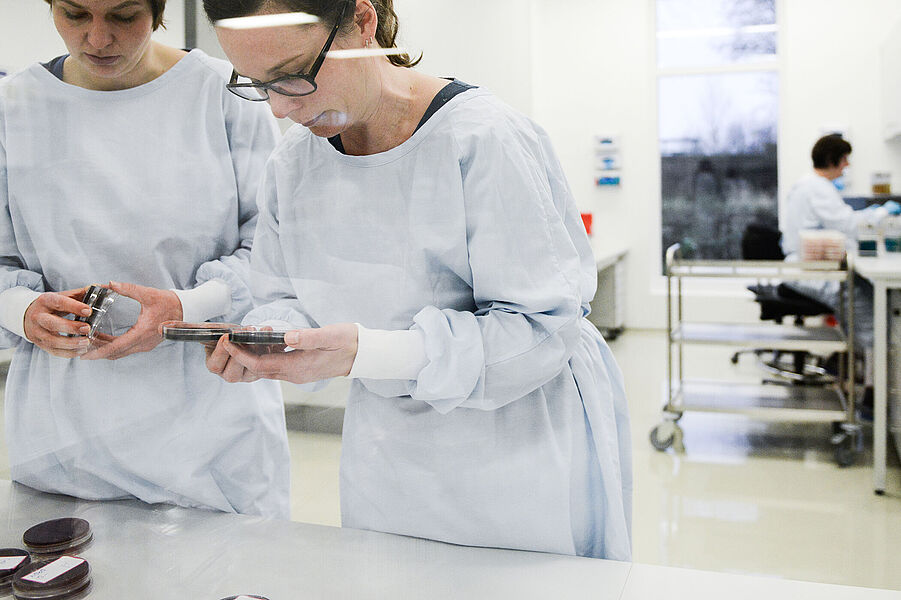
For the analysis of heavy metals in food, in WESSLING laboratories we use ICP-OES and ICP-MS techniques and two accredited EPA methods.
- EPA Method 6010C (2007) with LOQ (0.001 - 0.1 mg / kg depending on the matrix) with ICP-OES technique
- EPA Method 6020A (2007) with LOQ (0.001 - 0.1 mg / kg depending on the matrix) with ICP-MS technique
For determination, the sample solution is properly prepared in a microwave digestion furnace using different types of inorganic acids, hydrogen peroxide. It is spray aerosolized and introduced into the plasma inductively coupled with a stream of argon gas in which the sample components evaporate, atomize and ionize.
!!! We recommend testing prior to the food processing process of water and crop soil for vegetables, fruits and fodder.
For more detailes, please contact us!
- Liliana Cruceanu
- +40 21 317 7031
- liliana.cruceanu@wessling.ro
